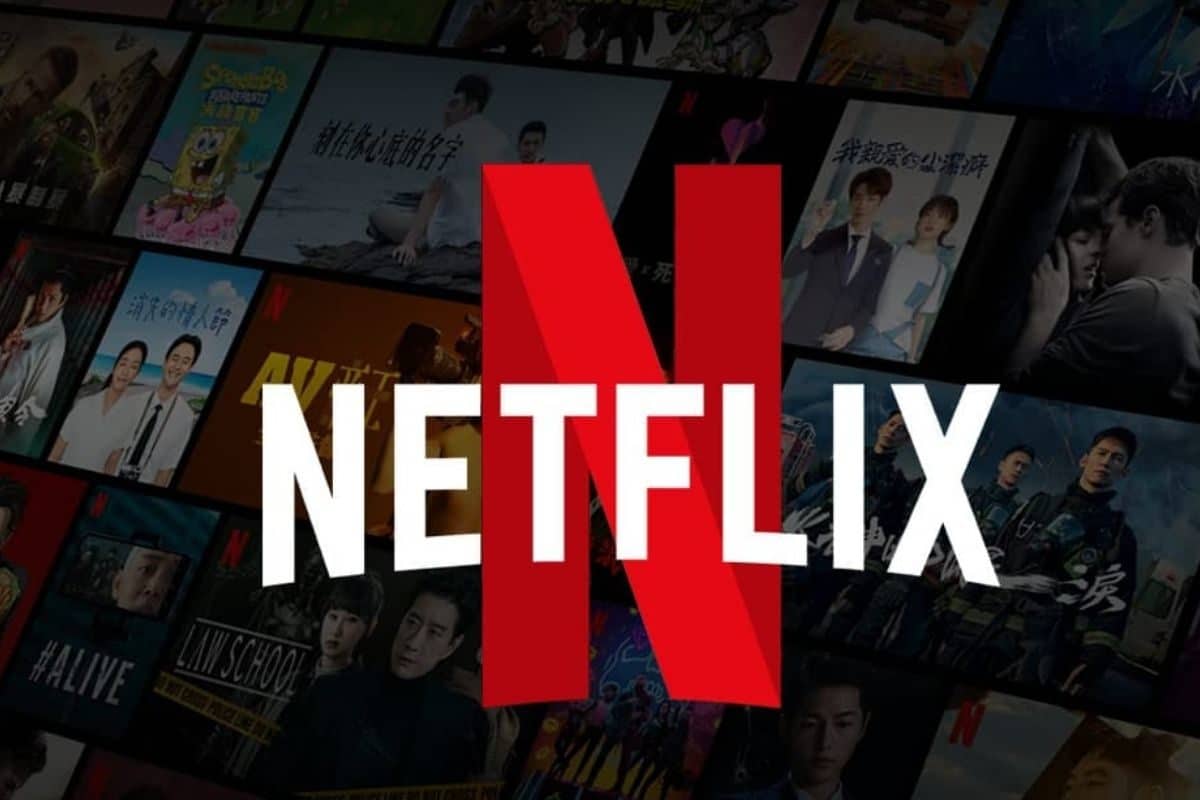Linear vs streaming is an incomplete picture which masks some of the problems facing everybody selling TV (not just sports).
You also have TikTok, Snap, Instagram, Twitch, YouTube, etc. None of those were around ~20 years ago either. But they all make people less likely to pay $100+,$200+ a month for TV. And then with streaming you have, what, 5-10x as many shows coming out as options to watch even if you ignore the free stuff? The streamers followed a classic business playbook “get them hooked cheap by selling below cost, then raise the price” but they’re finding they mostly don’t have compelling enough individual libraries to keep people in the fold as the price goes up.
It may be hard to keep people on a “pay year-long for seasonal content” linear TV model for sports. The newest moves in the sports streaming space to consolidate all the leagues in one package could help. But more likely you’ll want to sign up for one season and cancel for another.
The trick is that the more you lose the casual cable-bundle-buyer whose money went to ESPN even though they only watched 3 games a year - and it will probably be IMPOSSIBLE to keep those folks around at the previous cost - then the more you have to get out of each “real fan” to make up for it. But the more you raise the price, the higher the bar of fanaticism has to be to justify paying.
Once that happens it’s hard for me to see it as anything but a 20 year vicious cycle of belt tightening. I don’t know if we’re at the revenue peak just yet, but I think it will be soon. And then a lot of people will find themselves with less money than they’re used to.
Edit: IMO the SEC is better prepared for this than the Big 10 because if your social circle is heavily regional and all into CFB, then you’re gonna keep paying what they ask. If you’re nationally dispersed and your social circle has more non-SEC/non-Big10 people than otherwise, and they stop caring as much because their schools got relegated, then you have less motivation to keep caring enough to pay.


